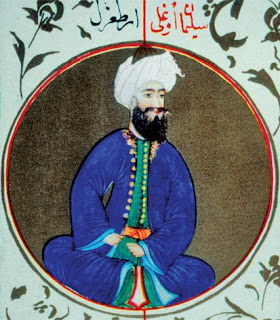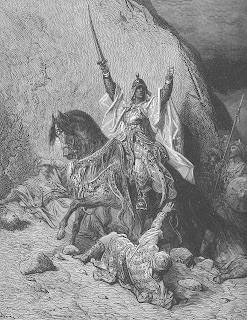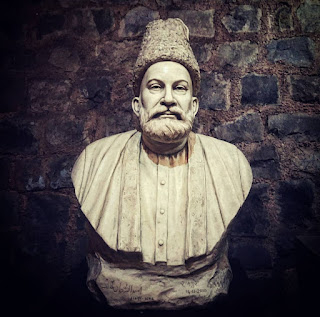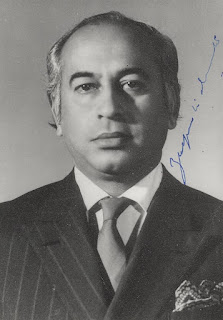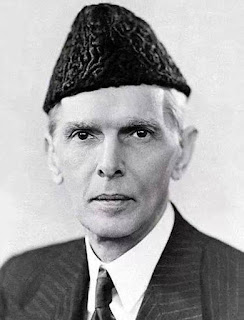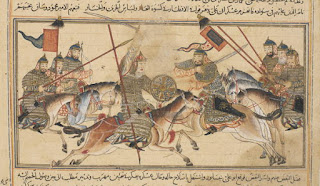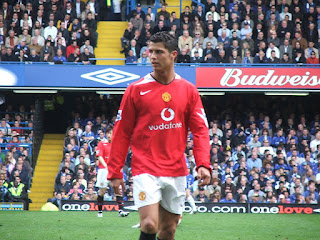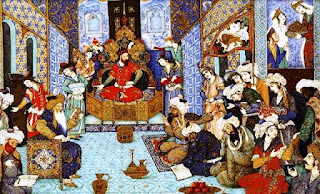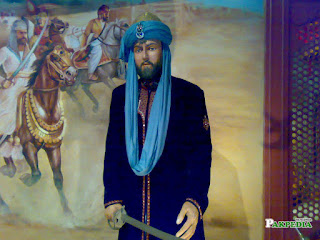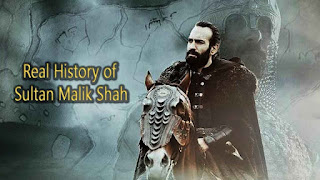Sultan Osman
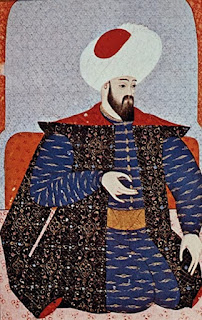
Uç Bey of the Sultanate of Rum Rule c. 1280 – c. 1299 Archetype Ertuğrul Replacement Office disestablished first Sultan of the Ottoman Empire Rule c. 1299 – 1323/4 Archetype Office set up Replacement Orhan Conceived Unknown,[1] potentially c. 1254/5[2] Sultanate of Rum Kicked the bucket 1323/4[3] (age 68–70) Bursa, Ottoman Beylik Entombment Burial chamber of Osman Gazi, Osmangazi, Bursa Province Companion Malhun Hatun Rabia Bala Hatun Issue See beneath Names Osman container Ertuğrul canister Gündüz Alp[4] عثمان بن ارطغرل بن گندز الپ Or then again Osman container Ertuğrul canister Suleyman Shah عثمان بن ارطغرل بن سلیمان شاہ ota عثمان غازى tr Osman Gazi Line Footstool tradition Father Ertuğrul Mother Unknown[5] Religion Islam

